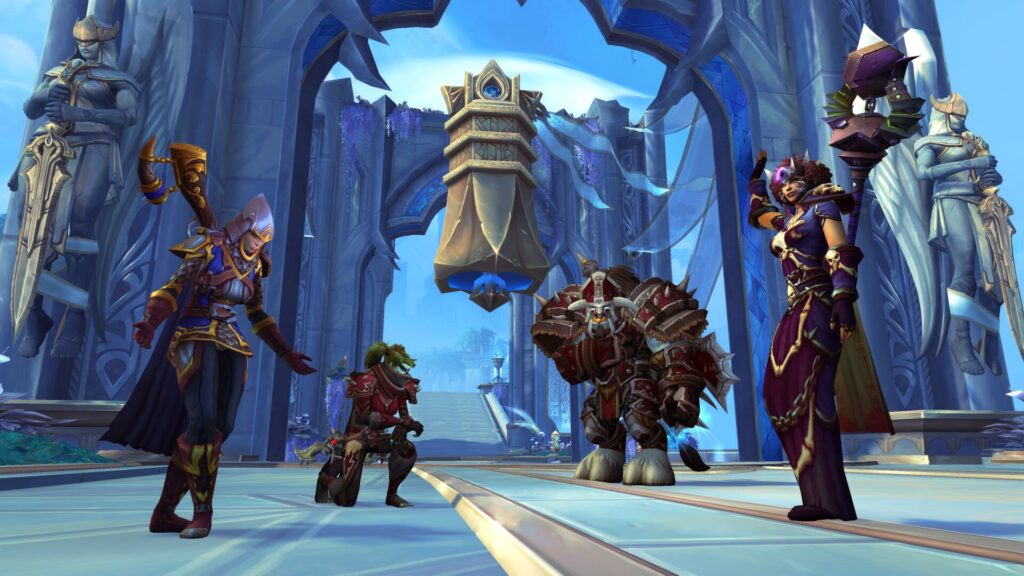
World of Warcraft characters from various classes and races performing gestures of respect and reverence in the serene environment of Bastion.
World of Warcraft’s Biggest Story Mistakes
World of Warcraft (WoW), Blizzard Entertainment’s flagship MMORPG, has captivated millions since its launch in 2004. Spanning over a dozen major expansions and countless patches, the game boasts a vast and intricate narrative that has seen its share of highs and lows. However, as with any long-running series, WoW’s storytelling has sometimes faltered, leading to controversial decisions and dissatisfied fans. Here, we delve into some of the most significant World of Warcraft story mistakes in the game’s history.
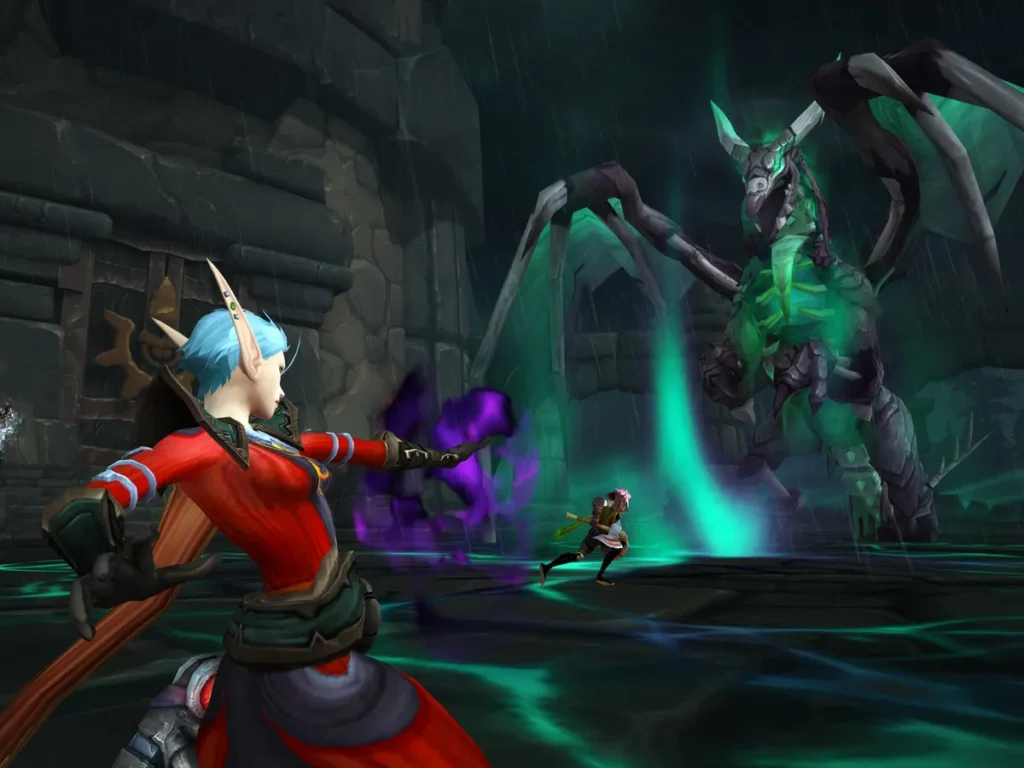
The Handling of Sylvanas Windrunner
Sylvanas Windrunner’s arc, especially in the later expansions, is one of the most contentious aspects of WoW’s storytelling. Originally a tragic hero turned anti-hero, Sylvanas garnered a massive following. However, her character trajectory from “Legion” to “Shadowlands” left many players bewildered and frustrated.
In “Battle for Azeroth” (BFA), Sylvanas commits several heinous acts, most notably the burning of Teldrassil, home to the Night Elves. This action, viewed by many as an unforgivable atrocity, polarized the player base. Sylvanas, who once fought for the freedom of her people, became a controversial figure in the narrative of World of Warcraft story mistakes, transforming into a genocidal maniac with seemingly no clear motive beyond creating chaos.
The “Shadowlands” expansion aimed to provide context for her actions in World of Warcraft story mistakes, revealing her partnership with the Jailer and her belief that she was breaking a flawed system. However, this revelation felt like a retroactive justification rather than a coherent narrative progression. Many players felt her character was being manipulated for shock value rather than given a consistent and satisfying arc.
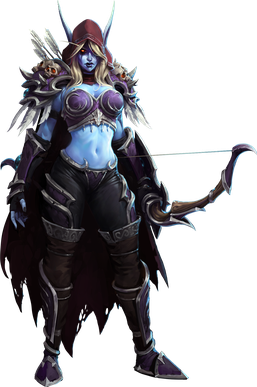
The Warlords of Draenor Plot
“Warlords of Draenor” (WoD) is often cited as a prime example of World of Warcraft story mistakes, with the expansion having the most squandered potential. The premise of revisiting Draenor, home of the Orcs and birthplace of several key historical events, was thrilling. Unfortunately, the story quickly derailed.
The expansion introduced the concept of an alternate timeline, creating a separate Draenor that diverged from the known history. While this opened up new storytelling possibilities, it also introduced significant complications. The narrative struggled to balance the new and old characters, leading to a confusing and often disjointed story.
Moreover, the abrupt conclusion of WoD, with its final raid released sooner than anticipated, left many story threads unresolved. The rapid shift to “Legion” left players with the impression that Blizzard was eager to move past WoD, further highlighting its narrative shortcomings.
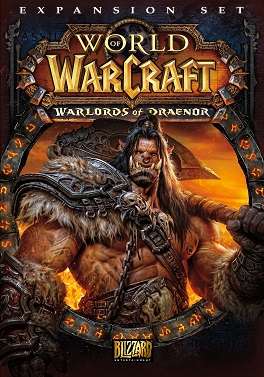
The Mismanagement of the Night Elves
The Night Elves, one of WoW’s most beloved races, have faced significant storytelling missteps, particularly in BFA. The burning of Teldrassil not only impacted Sylvanas’s character but also had profound implications for the Night Elves.
Despite this monumental tragedy, the Night Elves’ response was underwhelming. Tyrande Whisperwind’s transformation into the Night Warrior, a dark and powerful aspect of the Elune, hinted at a significant storyline of vengeance and retribution. However, this potential was largely unrealized. Tyrande’s storyline was sidelined, and her pursuit of justice against Sylvanas was given minimal screen time compared to other arcs.
Furthermore, the conclusion of Tyrande’s arc in “Shadowlands,” where she allows Sylvanas to live. Many players felt this resolution undermined the gravity of the Night Elves’ suffering and was an unsatisfactory end to a storyline that had promised much more.
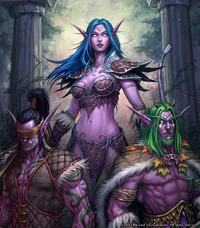
The Inconsistencies of the Old Gods and Titans Lore
The Old Gods and Titans are central to WoW’s lore, representing ancient cosmic forces that shape the very fabric of Azeroth. However, their narrative has suffered from inconsistencies and retcons over the years.
Initially, the Titans were portrayed as benevolent creators, while the Old Gods were malevolent entities seeking to corrupt Azeroth. This dichotomy provided a clear framework for understanding the cosmic struggle. However, subsequent expansions muddied these waters.
“Battle for Azeroth” introduced the concept of the Void Lords, beings even more powerful and sinister than the Old Gods. This addition complicated the existing lore, making it harder to grasp the true nature and hierarchy of these cosmic entities. Furthermore, the abrupt and anticlimactic defeat of N’Zoth, one of the most hyped Old Gods, in the “Visions of N’Zoth” patch, left players feeling that the Old Gods’ threat was diminished and poorly executed.
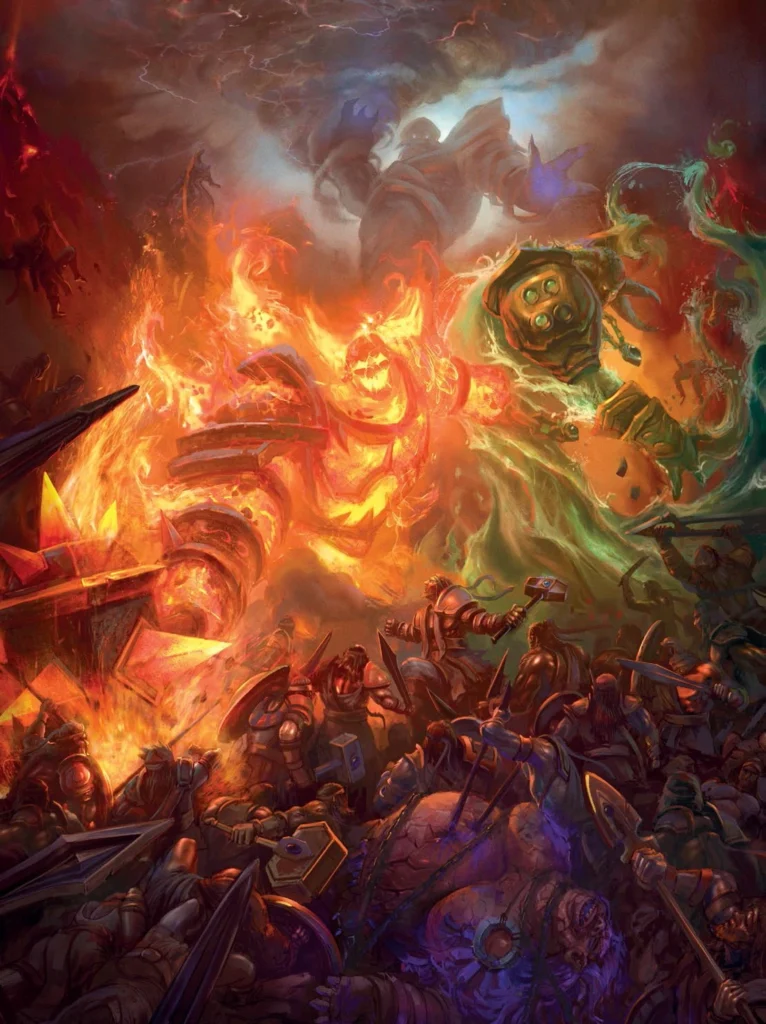
The Retcon of the Draenei’s Backstory
The Draenei, introduced in “The Burning Crusade,” was originally presented as a faction of Eredar who fled their home world to escape the corruption of the Burning Legion. This backstory positioned them as victims and survivors of Sargeras’s machinations.
However, “Warlords of Draenor” retconned this narrative by introducing the concept of the alternate Draenor and the uncorrupted Eredar. This change created confusion and diluted the Draenei’s unique identity. Instead of being the sole survivors of a great betrayal, they were now one of many possible outcomes in a multiverse scenario.
This retcon not only complicated Draenei’s history but also made it harder for players to connect with their struggle. The original narrative’s emotional weight was lost, replaced by a convoluted storyline that felt unnecessary and overly complex.
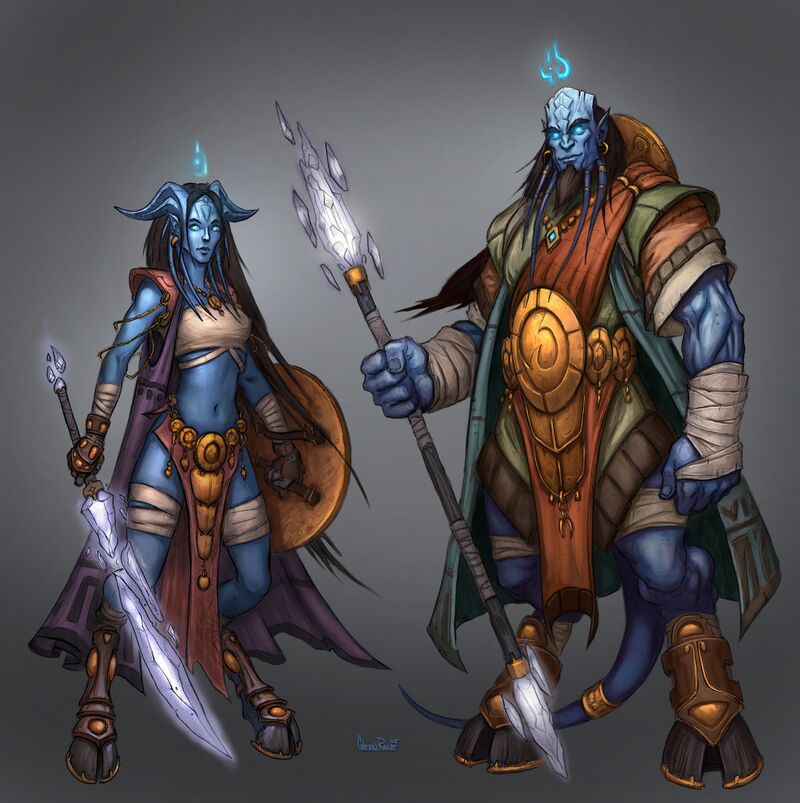
The Absence of Player Choice Impact
MMORPGs thrive on player agency and the illusion that player choices matter in shaping the world. WoW, however, has often struggled to make player choices feel impactful within its narrative framework.
For instance, in BFA, players were given the choice to side with Sylvanas or Saurfang during the Horde’s internal conflict. While this decision promised significant consequences, the actual impact on the storyline was minimal. Regardless of the choice, the overall narrative remained largely unchanged, leading to a sense of futility among players.
This lack of meaningful choice is a recurring issue in WoW. The game’s linear storytelling often undermines the immersive experience, making players feel like passive participants rather than active agents in Azeroth’s fate.
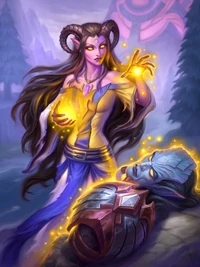
The Handling of Garrosh Hellscream
Garrosh Hellscream’s rise and fall is another example of WoW’s inconsistent storytelling. Introduced as a potential hero and leader, Garrosh’s character underwent a drastic transformation into a villain, leading to his ultimate defeat in “Siege of Orgrimmar.”
While character evolution is essential for compelling narratives, Garrosh’s transformation felt rushed and inconsistent. His initial portrayal in “Wrath of the Lich King” and “Cataclysm” painted him as a brash but potentially noble leader. However, by the time of “Mists of Pandaria,” he had become a genocidal tyrant with little explanation for his drastic change.
The decision to use Garrosh as a scapegoat for various plot points, rather than developing his character organically, led to a disjointed narrative. His return in “Warlords of Draenor” further complicated his story, making it difficult for players to reconcile the different aspects of his character arc.
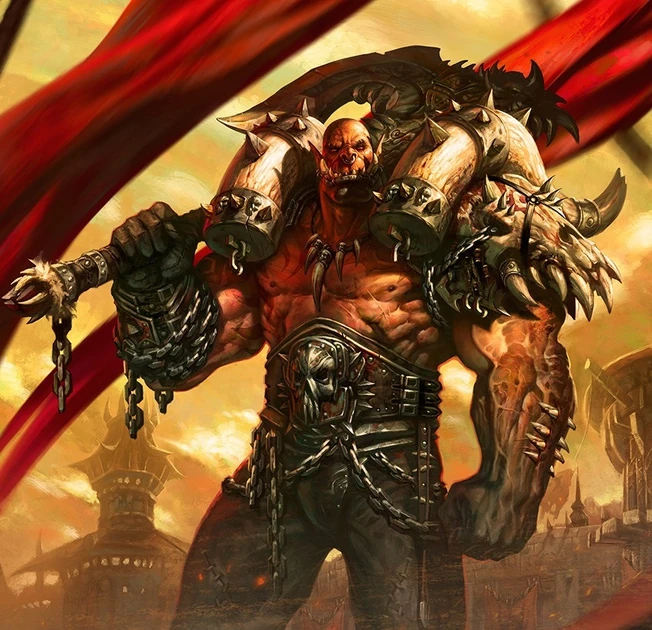
8. The Overuse of Faction Conflict
Faction conflict between the Alliance and Horde is a cornerstone of WoW’s lore. However, its overuse, especially when not executed thoughtfully, has led to narrative fatigue.
BFA is a prime example where faction war was reignited, only to lead to an anticlimactic resolution. The expansion started with intense factional warfare but eventually shifted focus to the Old Gods and Sylvanas’s schemes, leaving the faction conflict feeling unresolved and hollow.
Moreover, the repeated cycles of war and uneasy peace make it difficult for the narrative to progress meaningfully. The constant back-and-forth diminishes the impact of these conflicts, making them feel repetitive rather than epic.
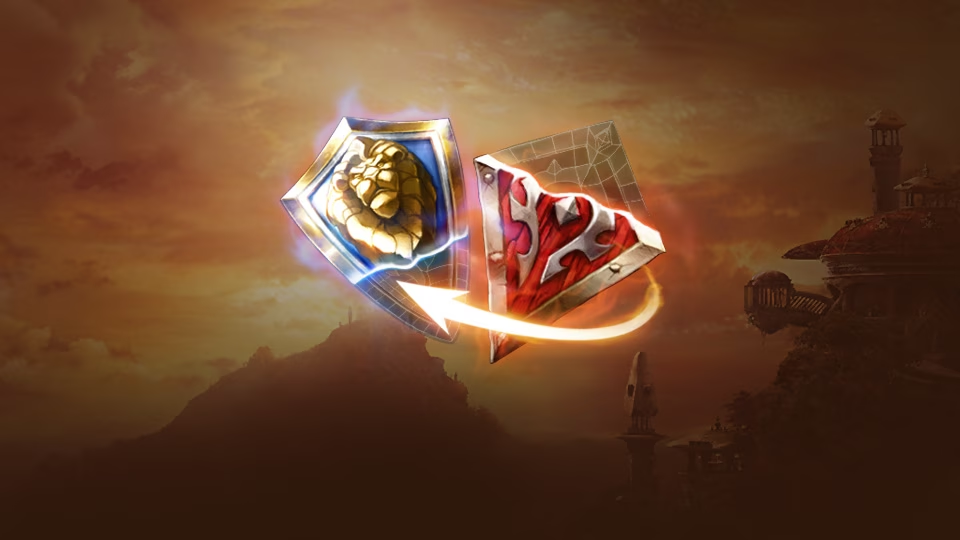
World of Warcraft’s storytelling has seen its fair share of triumphs and tribulations. While the game has delivered some of the most memorable moments in gaming history, it has also stumbled with various narrative decisions. From the mishandling of beloved characters like Sylvanas and Garrosh to the convoluted lore of the Old Gods and Titans, WoW’s story has not always hit the mark.
As WoW continues to evolve, Blizzard must learn from these past mistakes. By prioritizing coherent character arcs, meaningful player choices, and consistent lore, WoW can reclaim its narrative prowess and continue to captivate players for years to come.